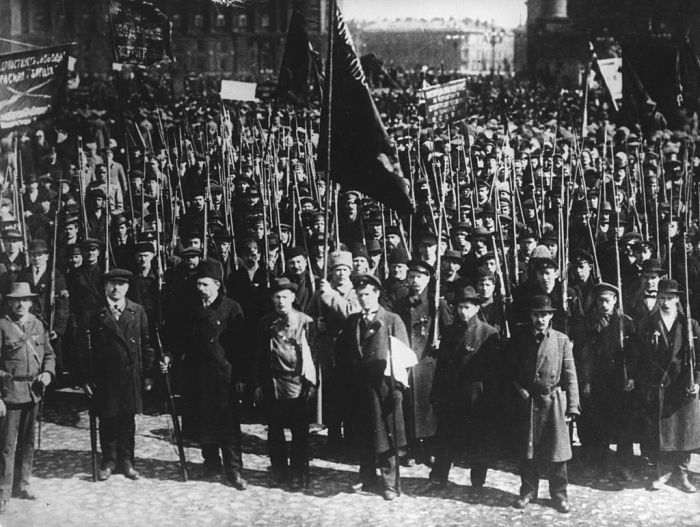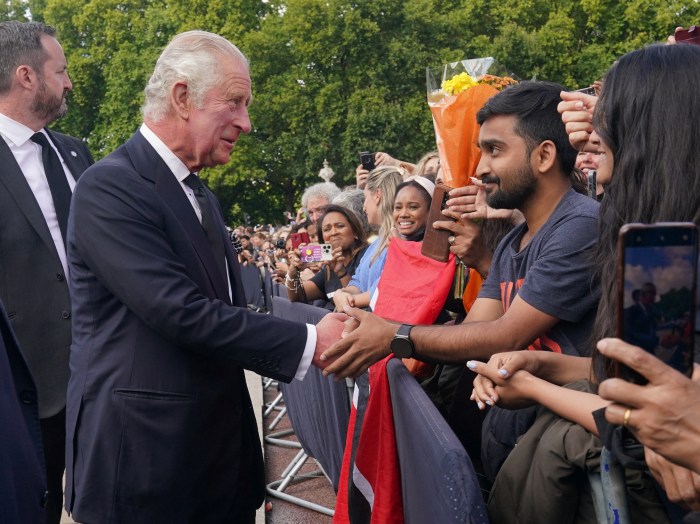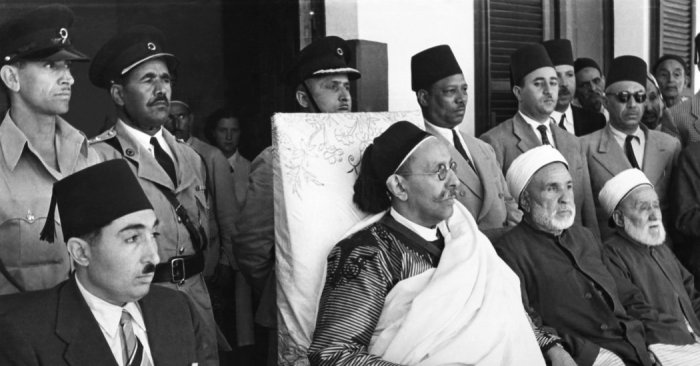How were the White forces and the anti-Leninist socialists different? This question encapsulates the complexities of the Russian Revolution, a period marked by profound ideological divides and political struggles. As the narrative unfolds, we delve into the distinct worldviews, military strategies, and societal impacts of these opposing factions, exploring their profound influence on the course of Russian history.
The White forces, driven by a staunch anti-Bolshevik stance, sought to restore the pre-revolutionary order. In contrast, the anti-Leninist socialists, encompassing a diverse range of political groups, aimed to establish a more democratic and equitable society.
Ideology and Goals

The White forces and the anti-Leninist socialists held contrasting ideologies and goals during the Russian Civil War.
The White forces, largely composed of former tsarist officers, aimed to restore the monarchy and the pre-revolutionary social order. They espoused conservative and nationalist principles, advocating for a strong centralized state and the preservation of traditional Russian values.
In contrast, the anti-Leninist socialists, primarily represented by the Socialist Revolutionaries (SRs) and Mensheviks, sought to establish a democratic socialist republic. They believed in the need for a multi-party system, land reform, and the empowerment of the working class and peasantry.
Key leaders of the White forces included General Anton Denikin, Admiral Alexander Kolchak, and General Pyotr Wrangel. Notable anti-Leninist socialist figures included Alexander Kerensky, Victor Chernov, and Julius Martov.
Military Strategies and Tactics

The White forces and the anti-Leninist socialists employed distinct military strategies and tactics during the Civil War.
The White forces initially adopted a conventional approach, relying on large-scale formations and traditional military tactics. However, they lacked coordination and faced supply and logistical challenges.
The anti-Leninist socialists, on the other hand, favored guerrilla warfare and peasant uprisings. They relied on small, mobile units that harassed White forces and disrupted their supply lines.
Notable battles included the Battle of Tsaritsyn (1918), where the Red Army defeated White forces led by General Anton Denikin, and the Battle of Ufa (1919), where the White forces under Admiral Alexander Kolchak captured the city but were later forced to retreat.
Social and Political Impact

The White forces and the anti-Leninist socialists had significant social and political impacts on Russian society.
The White forces sought to suppress socialist and revolutionary movements, targeting peasants and workers who supported the Bolsheviks. They implemented harsh measures, including executions and forced labor.
The anti-Leninist socialists attempted to mobilize the peasantry and working class against the Bolsheviks, but their efforts were hampered by disorganization and internal divisions. They advocated for land redistribution and worker self-management.
The actions of both sides contributed to the social and political upheaval during the Civil War, exacerbating tensions and divisions within Russian society.
International Support and Involvement

The White forces and the anti-Leninist socialists received support from various foreign powers during the Civil War.
The White forces were backed by the Allied powers, including France, Great Britain, and the United States, who saw them as a bulwark against Bolshevism. The Allies provided military assistance, supplies, and financial support.
The anti-Leninist socialists received limited support from Germany, which aimed to weaken the Bolshevik regime. However, German assistance was primarily focused on disrupting the Bolshevik government rather than supporting the anti-Leninist socialists.
International intervention had a mixed impact on the Civil War, contributing to the prolongation of the conflict and exacerbating foreign influence in Russian affairs.
FAQ Overview: How Were The White Forces And The Anti-leninist Socialists Different
What were the primary ideological differences between the White forces and the anti-Leninist socialists?
The White forces sought to restore the pre-revolutionary order, while the anti-Leninist socialists aimed to establish a more democratic and equitable society.
How did the military strategies of the White forces differ from those of the anti-Leninist socialists?
The White forces relied on conventional military tactics, while the anti-Leninist socialists employed guerrilla warfare and irregular tactics.
What was the impact of the White forces and the anti-Leninist socialists on Russian society?
The White forces sought to suppress revolutionary movements and restore traditional social structures, while the anti-Leninist socialists advocated for land redistribution and workers’ rights.